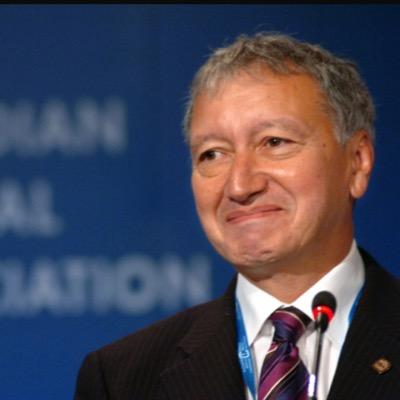
Private medical schools are worth studying
Jan 19, 2008
Montreal Gazette
At first glance, the Canadian Medical Association's suggestion that private medical schools could help ease the country's doctor shortage seems a bit extreme.
After all, Canada already has 17 medical faculties, from St. John's to Victoria. Quebec has four: three French and one English. Surely, it would make more sense to expand those than to build new ones, private or public.
In all fairness, Dr. Brian Day, the CMA's combative new president, seems to agree. He told the Economic Club of Toronto this week that expanding enrolment at the country's public medical schools is key to reducing wait times for medical procedures. But, he told reporters later, if the public schools can't turn out enough Canadian-trained physicians and surgeons to meet the country's needs, then the government should consider allowing independent - read "private" - medical schools.
In that light, Day's suggestion, which seems to have been made almost spontaneously and didn't even rate a mention in the CMA's website report on his speech, appears less outlandish.
Once you get past the Canadian phobia about linking the words "medical" and "private," who could possibly object to the idea? As Day pointed out, "private" isn't necessarily synonymous with either "profits" or "cutting corners." Harvard and Stanford, after all, are both private schools and their medical graduates seem competent enough.
At present, public medical schools in Canada have neither the money nor the room to accept all qualified candidates. The Association of Faculties of Medicine of Canada says its members can admit no more than one-quarter of the students who apply. Not all the rejects are truly med-school material, of course, but many of them are.
Worse, Canada's schools can't meet our needs, at least for the time being. Our 17 medical faculties have more than 2,400 entry-level positions, a commendable 34-per-cent increase over 2000 but still far short of what's needed. Canada's 7.1 first-year medical-school openings per 100,000 people is the lowest figure for any country in the Organization for Economic Co-operation and Development. Britain, for example, has 12.9 openings per 100,000.
Rejects have few options. They can keep reapplying, a frustrating and often fruitless exercise, or they can try their luck abroad. Those lucky enough to get into U.S. medical schools might not have much difficulty getting accreditation to practise in Canada - but many, once moved down there, prefer to make more money in the United States after graduating.
Those who go to Europe or the Caribbean don't have it so easy. Even those who graduate from such well-established schools as Trinity College in Dublin or the University of Perth in Australia have difficulty finding residency positions in Canada. Surely, we can do better.
The best solution to our shortage would be to find room in public universities for every qualified student. But that, unfortunately, seems unlikely to happen any time soon.
Until it does, the idea of setting up private schools merits study. We really can't afford to reject any medical talent.



